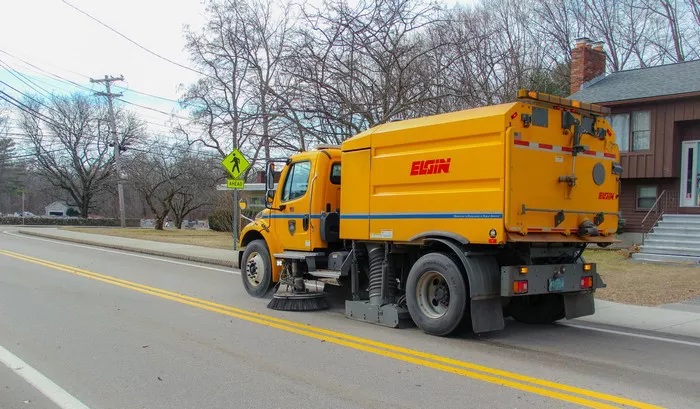Sweepers stand as stalwarts in the realm of cleaning, wielding efficiency and precision to combat debris, dust, and dirt in diverse environments. They represent an array of solutions, ranging from manual sweepers to walk-behind and ride-on variants. Understanding their functionality, surfaces they cater to, applications, benefits, features, maintenance, safety, and cost considerations is paramount in harnessing their full potential.
Functionality:
At the core of a sweeper’s prowess lies its ability to meticulously gather and dispose of unwanted elements from surfaces. Through a combination of brushes, vacuum systems, and collection bins, sweepers adeptly navigate through spaces, leaving cleanliness in their wake.
Types of Surfaces:
Sweepers exhibit versatility across an assortment of surfaces, including hardwood floors, concrete, tile, carpet, and outdoor areas. Their adaptability makes them indispensable for maintaining cleanliness in both indoor and outdoor environments with equal efficacy.
Applications:
Commonly found in commercial spaces like warehouses, parking lots, shopping malls, and industrial facilities, sweepers play a pivotal role in upholding hygiene standards. Their utility extends to residential settings as well, particularly in compact sweepers tailored for home use.
Benefits of Using a Sweeper:
Employing a sweeper yields a plethora of advantages, from streamlined cleaning processes and time savings to enhanced air quality and reduced manual labor. Moreover, their eco-friendly nature, characterized by diminished water and chemical usage compared to traditional methods, underscores their environmental stewardship.
Features to Consider:
When selecting a sweeper, deliberating over key features is crucial. Factors such as brush types, battery life (for electric models), dust filtration systems, and maneuverability should be carefully evaluated. Advanced functionalities like adjustable cleaning settings and automatic debris disposal further enhance their appeal.
Maintenance and Care:
To ensure sustained performance and longevity, proper maintenance practices are imperative for sweepers. Regular cleaning of brushes, emptying of collection bins, filter checks, and routine inspections safeguard against operational hiccups and prolong their lifespan.
Safety Precautions:
Operating sweepers necessitates adherence to stringent safety protocols. This entails donning appropriate personal protective equipment, vigilance against obstacles, and strict adherence to manufacturer guidelines. Modern sweepers often integrate specialized safety features to mitigate risks.
Cost Considerations:
While the initial investment in a sweeper may vary depending on factors like size, capacity, power source, and features, the long-term cost savings outweigh the initial outlay. Compared to outsourcing cleaning services or relying on manual methods, owning a quality sweeper proves to be a prudent financial decision.
Conclusion:
In the pursuit of immaculate cleanliness and operational efficiency, sweepers emerge as indispensable allies. From their multifaceted functionality to their eco-conscious attributes, they embody the epitome of modern cleaning technology. As custodians of hygiene, it is incumbent upon us to leverage their capabilities judiciously. Explore further resources or seek counsel from industry experts to embark on your journey towards a cleaner, healthier environment.

